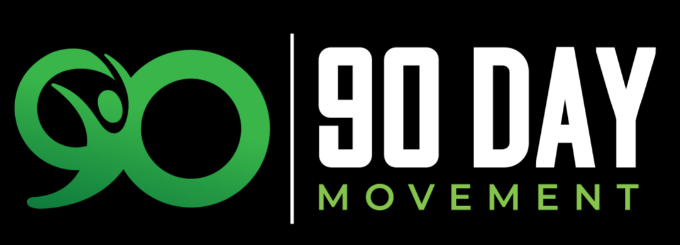Weight loss nutrition has been made a complex subject. It seems like every year ushers in a new diet that works for some celebrity. The new diet catches social media fire and it goes viral. After a couple of months, the hype dies off and people are onto the next train. Once you learn about the basics of weight loss nutrition, you will stop looking for the silver bullet diet. There are a couple of things you need to focus on to lose weight. One of the basics components of nutrition is calories and being in a calorie deficit.
Calorie Deficit For Weight Loss.
A healthy weight is a balancing act. Calories play a huge part in this act. Weight loss will happen when you burn more calories than you take in. In other words, be on a calorie deficient diet for losing weight. There are two ways you can achieve this. Firstly, you can reduce the extra calories from the food and drinks you consume. Secondly, you can increase the calories you burn through physical activity.
Person A cuts back on food calories without exercising and person B increases exercise without cutting back on calories from food. Person A will likely lose weight easier than Person B. It is easier to cut 500 calories a day from your diet than it is to burn 500 calories by exercising. This is where the term, “you cannot out-run a bad diet” comes from. Once you consume fewer calories, you will start to lose weight.
Physical Activity And Calories.
Creating a calorie deficit from your diet will start a chain reaction for weight loss. However, this may be good only for the short term. Many people find themselves hitting a weight loss plateau sooner or later. When you cut out food, your body reacts as if you are starving and it responds with a slower metabolism. When your metabolism slows down, you start to burn fewer calories. The weight loss process will be slower or will stop altogether.
Exercise and physical activity may solve this conundrum. Regular exercise will increase the calories you burn. Physical activity also impacts your resting energy expenditure. Resting energy expenditure is the rate in which you burn calories when your workout is over, and you are resting. You can increase your resting energy expenditure by exercising at least three times a week. Resting energy expenditure is responsible for 60 to 70% of the calories you burn each day. Working on increasing your resting energy expenditure is key to losing weight.
The Quality of Calories.
A calorie is not a calorie. Calorie sources matter. The human body is very complex and reacts differently to different food groups and types. The type of foods we eat impacts on the biological process of our bodies and our appetite.
Fructose Vs Glucose.
As an example, there are two kinds of sugars, fructose, and glucose. They may have the same number of calories. However, the way the body metabolizes them is different. Glucose can be metabolized by all body tissues. Fructose can only be metabolized by the liver. Three ways these sugars affect our bodies differently. Firstly, one study showed that fructose leads to higher ghrelin levels. Ghrelin is the hunger hormone; it goes up when we are hungry and down after a meal. Secondly, fructose does no stimulate satiety centers on the brain the same way glucose does. Glucose makes you feel fuller for longer. Finally, consuming a lot of fructose can cause insulin resistance, fat gain, and blood sugar compared to glucose.
The same number of calories affects hunger, hormones, and metabolism differently. Different foods have different effects on satiety. Satiety is the feeling of fullness. Some foods will give you a greater feeling of being full. Satiety also means how easy it is to overeat certain foods. It may be easy to eat 500 calories from ice cream or soda drinks. However, it may be very difficult to eat 500 calories from eggs or cucumbers.
Healthy Foods.
The quality of foods or source of calories is key, and it may impact on the total number of calories you might end up eating. Foods that have high satiety are beef, eggs, beans, vegetables, and fruits. Some of the foods that have low satiety are donuts, cakes, and most processed foods. Choosing foods with higher satiety will help you reduce hunger, increase feelings of fullness, and reduce calorie intake in your diet.
Low Carb Diets Lead To The Best Calorie Reduction.
Low carb diets lead to more weight loss than low fats diets by two 2 times. These diets lead to a reduced appetite. People start eating fewer calories without trying. In some studies, even when calories are matched between groups, low carb makes people lose weight more rapidly, this is caused by a couple of things. Firstly, the main reason may be a low carb diet decreases processed carbs, sugar, and sugary drinks which have plenty of calories. Secondly, people on low carb have less insulin and blood sugar spikes. High insulin disrupts hunger hormones and makes people hungrier. Finally, low carb includes all macronutrients, with good fats making people fuller for longer.
A calorie is not a calorie! You can have the same number of calories from processed food and healthy foods. These foods will impact us differently. Processed foods will disrupt hunger and hormones. The goal of every weight loss diet is to get you on a calorie deficit, burning more calories than you consume. You have two options, either you eat less or move more. Combining a healthy calorie deficit diet with a workout plan will help you lose weight and improve your resting energy expenditure. These two combinations will help you lose weight for the long-term and keep it off.
